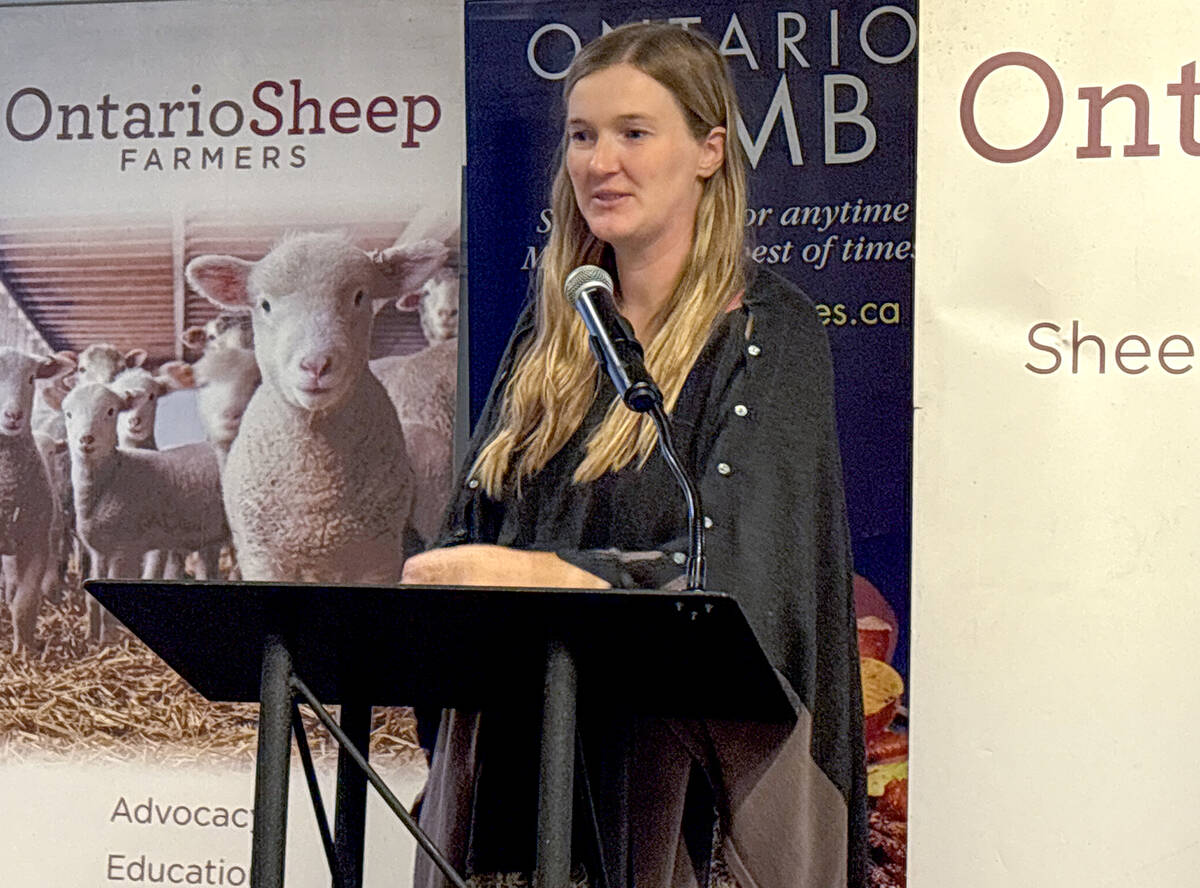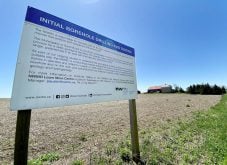While early spring signals the return of better weather and the start of a new planting season, it’s also budget time.
Late March is when provincial governments release their yearly budgets, with the federal government following later in April.
Ontario tabled it’s $214 billion ‘Building a Better Ontario’ budget on March 26. The budget projects that Ontario’s deficit will more than triple, from $3 billion to $9.8 billion in 2024-2025, the highest budget deficit outside of the pandemic since Liberal premier Kathleen Wynne’s 2014 spending plan.
Read Also

Footflats Farm recognized with Ontario Sheep Farmers’ DLF Pasture Award
Gayla Bonham-Carter and Scott Bade, of Footflats Farm, win the Ontario Sheep Farmers’ 2025 DLF Ontario Pasture Award for their pasture management and strategies to maximize production per acre.
For agriculture, the budget is lacklustre at best with nary a penny pencilled in for agriculture unless as a beneficiary from non-agricultural industry funding.
It’s mentioned along with manufacturing, but nothing specific is outlined. The reference is more than likely related to food processing than primary production.
When searching the pdf file of the budget, the word agriculture is mentioned only seven times: three times in a title or line item, twice related to industry-adjacent funding, once associated with OMAFRA’s $95 million overspend and once in reference as an essential part of Ontario’s economy.
It seems to me that if it were ‘essential’, agriculture would have been given some more text.
In keeping with the provincial Conservative party mantra, much of the budget is focused on housing, roads, and public services without a significant tax increase.
“These investments and more are a signal to Ontarians of our commitment to keep building Ontario while retaining a prudent, targeted and a responsible approach to public finances,” said Finance Minister Peter Bethlenfalvy during a news conference.
“We’re not backing down from investing in what matters most and we are not going to increase costs on our people.”
But farmers have had to bear a larger burden of increased costs, particularly with respect to the carbon tax. On March 28 Ontario’s Minister of Agriculture, Food and Rural Affairs Lisa Thompson and Ontario’s agriculture commodity groups outlined how this tax burden was challenging for the food and agriculture sector, sending an open letter to the federal government asking it to pause the April 1 carbon tax increase.
Thompson and the groups said in the letter “Ontario’s ability to produce food for a growing population and meet export opportunities is consistently more challenging.
“Existing exemptions to the carbon tax for our farmers won’t be enough to alleviate cost pressures resulting from the carbon tax.”
Just a week prior, Premier Doug Ford was a surprise speaker at the Grain Farmers of Ontario’s March Classic event, telling the audience that he will continue to press the federal government to pass Bill C-234, which exempts grain drying and some barns from the federal price on carbon.
But he didn’t offer any other solution, and neither did his budget.
I do think the provincial government is willing to help farmers when necessary, and this is evident in the $95 million ‘overspend’ 2023-24 listed for OMAFRA in the recent budget.
The budget document said the deficit was due to a higher uptake for demand-driven business risk management programs. When asked for further comment on the programs, an OMAFRA spokesperson said in an April 3 email “In 2023, the ministry saw an increase of payments for demand-driven risk management programs such as production insurance.
“As the ministry is currently finalizing payments for the 2023 program year, more information will be provided in the following weeks.”
Since 2021-22, the demand-driven risk management and time-limited programs have seen a steady increase in costs, from $358 million to $502 million (2022-23) to $577 million (2023-24), with a projected $477.5 million for the 2024-25 budget.
In its pre-budget submission, the Ontario Federation of Agriculture (OFA) asked for increased funding for business risk management programs. Other provincial commodity groups did as well.
Hopefully there is some wiggle room in the budget to help farmers deal with unforeseen weather events or other costs, should the growing season or markets be more unpredictable than they have been the last few years.















